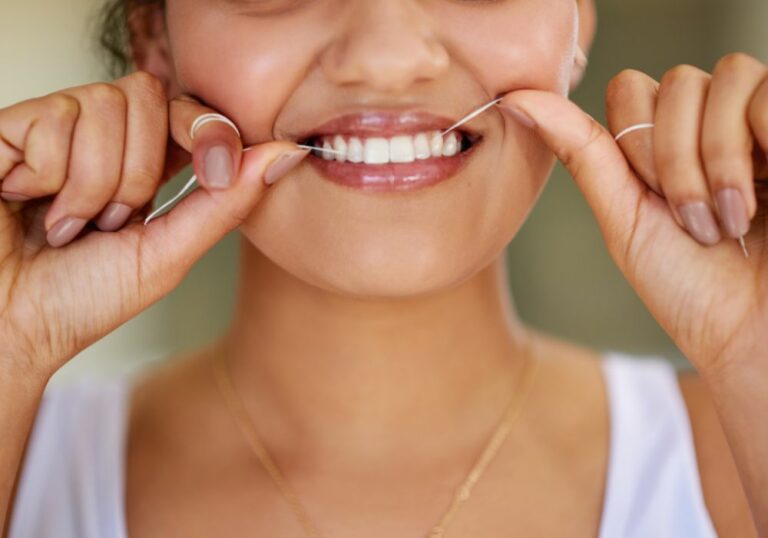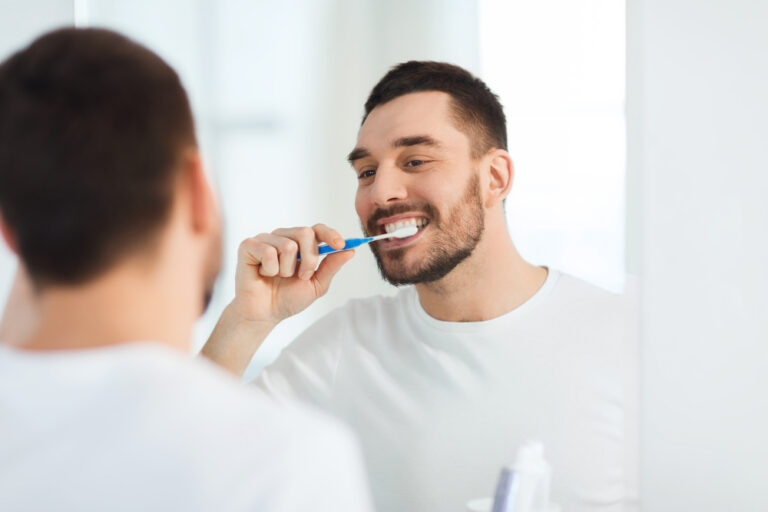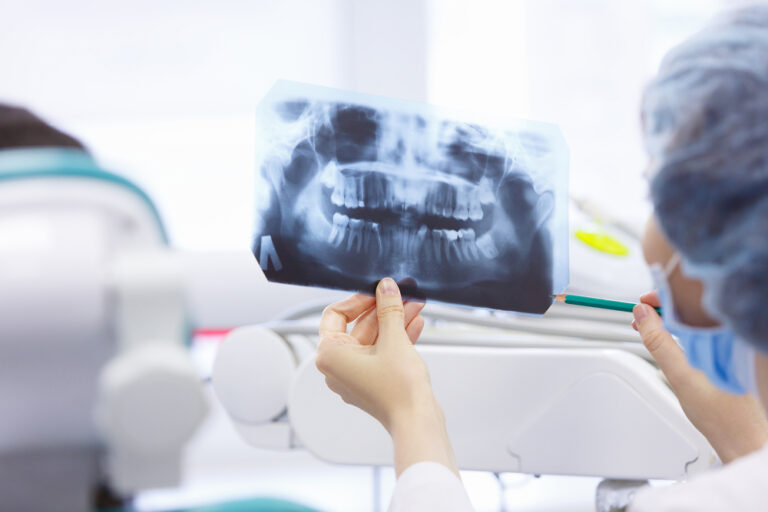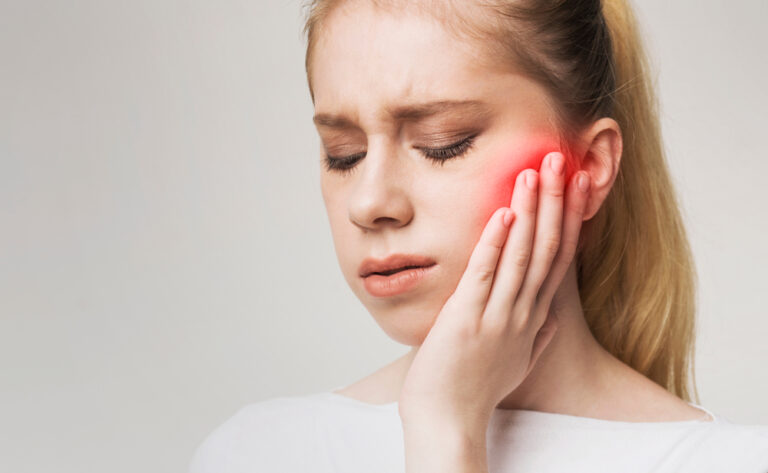Why is brushing my kitten’s teeth important?
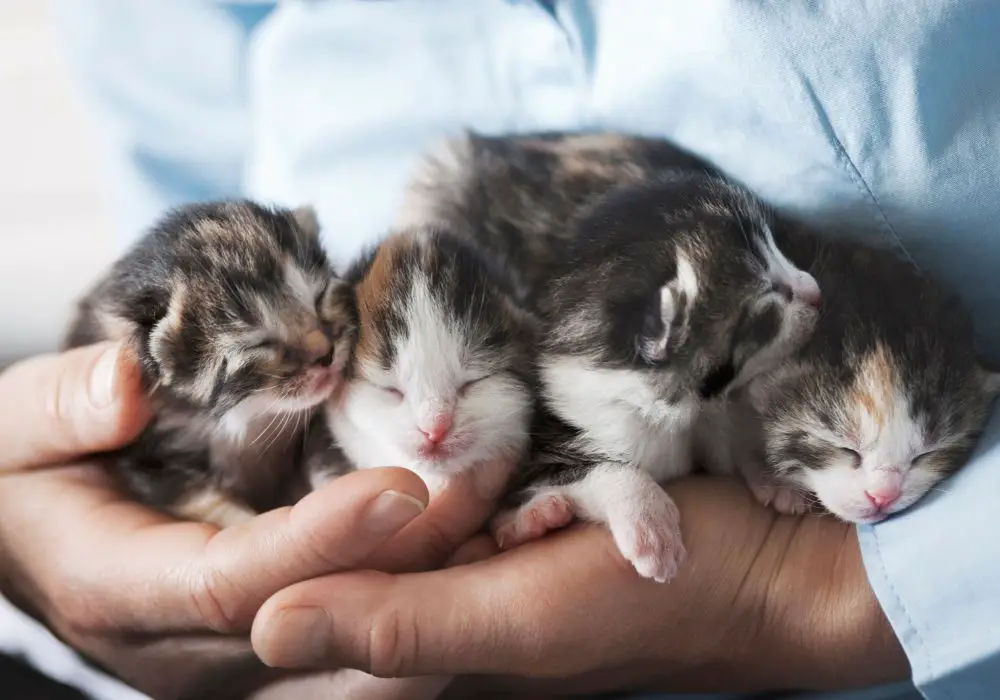
Brushing your kitten’s teeth is extremely important for promoting good oral health and preventing issues down the road. Here are some of the key reasons starting a toothbrushing routine early is vital:
- Prevents plaque and tartar buildup – Kittens are prone to plaque accumulation on their teeth just like human children. This sticky film contains bacteria that bind to the tooth surface and minerals from saliva. Without removal, plaque hardens into tartar which adheres tightly to teeth. Brushing helps disrupt plaque before it can mineralize into tartar and cause more serious problems.
- Fights bad breath – Food particles and bacteria on the teeth are major causes of bad kitten breath. Daily brushing sweeps away these odor culprits from the tooth surfaces and crevices before they can decay and produce foul odors.
- Avoids dental disease – Plaque on kitten teeth provides an ideal environment for bacteria to thrive. The bacteria produce acids that inflame the gums, leading to gingivitis. This can progress to full periodontal disease with loss of bone and gum tissue support. Brushing removes plaque bacteria to prevent gingivitis and more serious dental diseases.
- Promotes lifelong dental health – Kittens who are acclimated to toothbrushing early tend to accept it better into adulthood. Creating a habit while they are young means you can continue brushing their teeth lifelong. This maintains excellent dental health and prevents issues as they age.
- Keeps teeth in the mouth – Advanced gum disease causes loose teeth that may need extraction. Loss of teeth impacts eating and quality of life. Starting young protects your kitten’s teeth so they can remain firmly in place lifelong.
- Supports overall health – Poor dental health is linked to kidney, liver and heart disease in cats. Bacteria from gum infections can enter the bloodstream and travel to damage other organs. Keeping your kitten’s mouth healthy prevents these secondary complications.
Clearly toothbrushing provides huge benefits for kitten health now and for years to come. The earlier you start making it part of their routine, the better for establishing habits that maintain great dental health into adulthood. Don’t wait – tooth brushing is one of the best investments you can make in your kitten’s health!
When to start brushing kitten teeth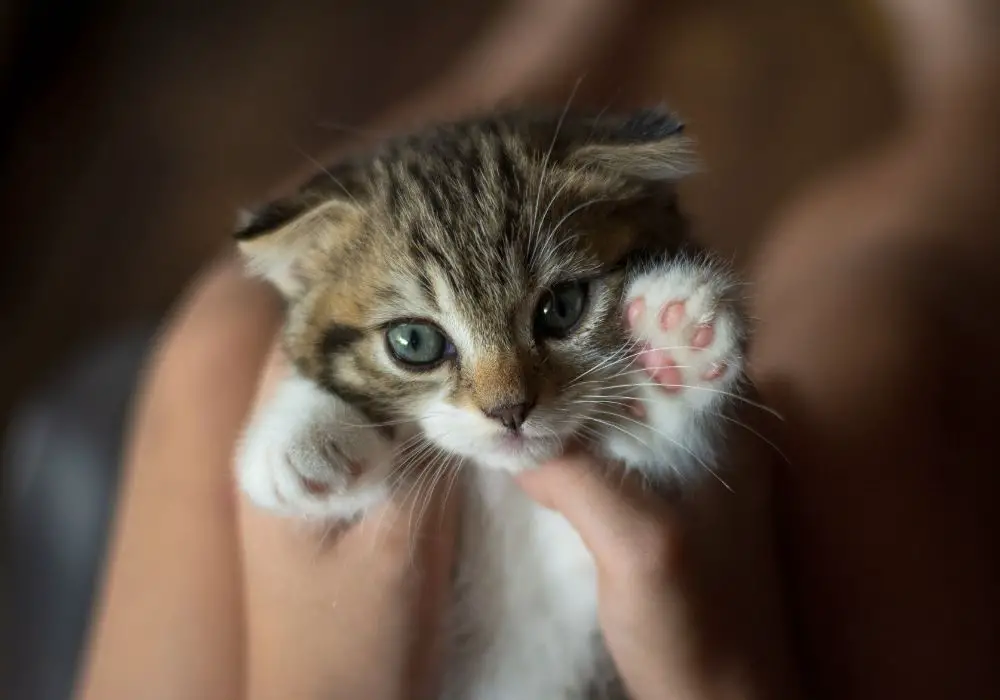
Veterinary dental experts recommend introducing toothbrushing as early as possible, starting when the first teeth begin erupting:
- At first tooth eruption – Kittens get their baby teeth early, starting as soon as 3-4 weeks of age. You can begin by gently rubbing their gums with a wet washcloth to get them used to having their mouth handled.
- 8-12 weeks when home – Begin actual toothbrushing with a soft kitten toothbrush and feline toothpaste when you first bring your kitten home, usually between 8-12 weeks of age.
- Before weaning – Make sure to brush baby teeth thoroughly before transitioning your kitten from nursing to solid food around 12 weeks old. Milk creates a protective coating, so brushing helps remove debris before real food introduces new cavity risks.
- When adult teeth emerge – Kittens begin losing baby teeth around 12-16 weeks as the permanent teeth emerge. Really focus brushing efforts as these adult teeth start coming in around 4-6 months old to prevent issues.
Getting your kitten comfortable with brushing within these early windows helps make it a habitual part of their routine. The American Veterinary Dental College recommends daily brushing as optimal, but aiming for at least 3 times a week can still make a dramatic difference in oral health.
What tools do I need to brush kitten teeth?
Brushing kitten teeth is easy with just a few specialized feline dental care products:
Kitten toothbrush
Look for a toothbrush designed specifically for kittens with these features:
- Extra soft bristles – Kittens have tender young gums, so choose a brush with extra soft bristles that won’t damage the gums or mouth. Harder bristles can abrasively scratch the delicate oral tissues.
- Tiny brush head – The brush head should be petite enough to maneuver comfortably in a kitten’s tiny mouth and reach the back teeth easily. Finger toothbrushes often work best for control and access.
- Single row of bristles – Multi-row brushes are thicker and may be too harsh on a kitten’s gums. A brush with a single row of extra soft bristles is gentler.
Kitten toothpaste
Use only a toothpaste formulated for cats, never human toothpaste which contains ingredients that can upset a kitten’s stomach such as fluoride, SLS, xylitol, and sorbitol. Seek out a paste with these feline-friendly features:
- Meat flavors – Look for yummy meat flavors like chicken, beef, fish or tuna that cats enjoy to make brushing a treat. Avoid minty flavors which most cats dislike.
- Enzymatic formula – Enzymatic pastes use natural enzymes to help control plaque through breaking down bacteria cell walls. These are gentle for kittens and discourage plaque growth.
- Antibacterial properties – Some pastes include chlorhexidine to kill bacteria and reduce bad breath. Check they are Veterinary Oral Health Council approved to ensure safe and effective antibacterial action.
Other helpful tools
- Washcloth – Soften a washcloth with warm water to gently rub your kitten’s gums which helps desensitize before teeth come in.
- Pet tooth wipes – Disposable dental wipes let you quickly wipe away surface debris in between full brushings.
- Cat dental treats – While treats don’t replace brushing, some contain enzymes and antibacterials to help control plaque and tartar between brushings.
With this handy toolkit, you will be fully stocked to start effectively brushing your kitten’s teeth right away. Invest in high quality cat dental products to make it an easy, pleasant experience for both of you.
What toothpaste should I use for kittens?
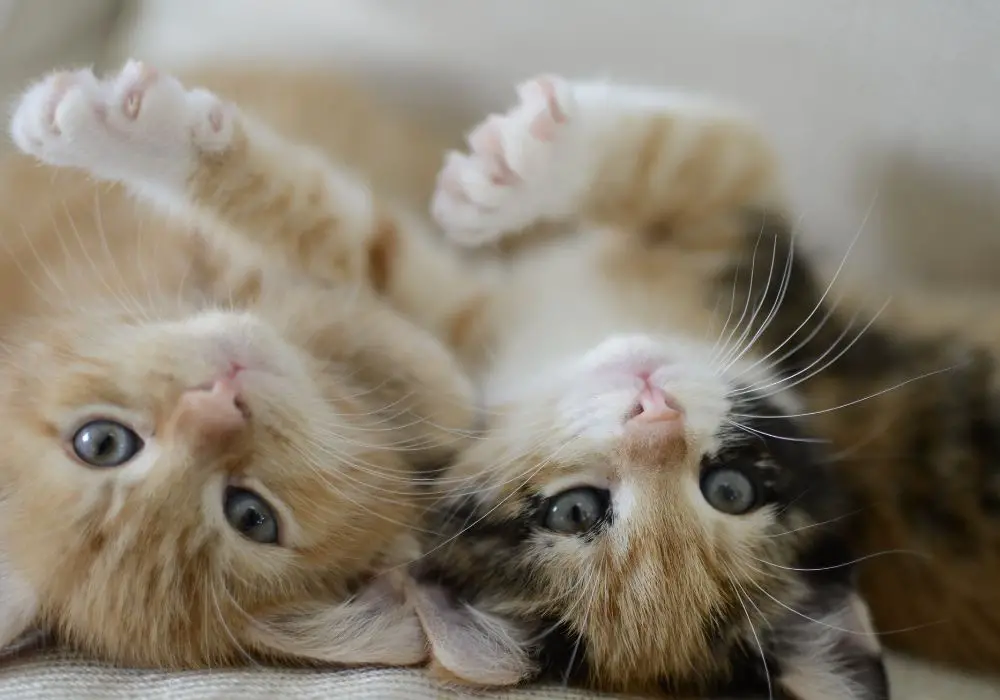
When selecting toothpaste for your kitten, prioritize these cat-friendly features:
Cat-safe ingredients
Avoid human toothpastes, which often contain fluoride, SLS, sorbitol, xylitol and other additives that can be dangerous if swallowed by cats and kittens. Only use a paste specially formulated for felines.
Cat-safe enzymatic pastes use natural enzymes like lysozyme to gently digest plaque bacteria. These break down the cell walls to reduce plaque buildup and control bacteria. Antibacterial pastes often contain chlorhexidine which penetrates bacteria to alter their membranes and prevent growth.
Look for all natural ingredients with no chemical detergents, foaming agents or artificial colors and flavors. These gentle kittens pastes will not irritate their mouth or upset their stomach if a little is swallowed during brushing.
Meat flavors
Seek out cat-tempting flavors like chicken, beef, tuna or malt rather than mint, which tends to put most cats off. Finding a toothpaste your kitten enjoys the taste of makes brushing more pleasant and effective.
Veterinary Oral Health Council seal
Check the packaging for the VOHC seal indicating the toothpaste is approved by veterinary dentists as safe and scientifically formulated to combat plaque and tartar in cats and kittens. VOHC acceptance means it has met stringent standards to be effective.
| Brand | Key Features |
|---|---|
| Virbac C.E.T. Enzymatic Toothpaste | Beef flavor enzymes that cats love |
| Petrodex Enzymatic Toothpaste | Poultry flavor fights plaque |
| Vetoquinol Enzadent | Tuna flavor & VOHC approved |
Start with just a small pea-sized amount of your kitten-safe toothpaste to introduce the taste and slowly increase to a full brushing. Selecting the right specialized feline formula makes brushing pleasant and healthy.
Step-by-step guide to brushing kitten teeth
Follow this gradual step-by-step process for successfully brushing your kitten’s teeth:
1. Prepare the supplies
First gather everything you will need – your kitten toothbrush, toothpaste, treats or toys for positive reinforcement, towel or kitten holder if needed, and anything else to help keep your kitten calm and comfortable throughout like some catnip or a pheromone diffuser. Having everything ready ahead of time makes the process smoother.
2. Slowly acclimate to the process
Let your kitten sniff, lick and taste the toothpaste and toothbrush bristles to build curiosity and acceptance. Offer lots of praise, pets, and treats for any interest they show in investigating the supplies. Go very slowly over multiple sessions until your kitten is fully relaxed.
3. Apply a small amount of toothpaste
Once your kitten seems comfortable exploring the supplies, put a tiny pea-sized dot of toothpaste on your toothbrush and let them lick it off for the flavor and texture. Keep sessions short to leave them wanting more.
4. Gently lift the lips to expose teeth
Carefully lift your kitten’s lips just enough to expose the teeth, starting with just the front incisors at first as they adjust to having their mouths handled. Be patient and only raise the lips slightly higher as they get comfortable.
5. Brush the outer tooth surfaces
Using small gentle circles, begin brushing along the outer surfaces of the front teeth, focusing on debris removal. Kitten teeth have shallow roots so avoid forceful scrubbing. Work up to fully brushing the front and back teeth across both upper and lower arches.
6. Gradually increase brushing time
Over multiple sessions, work up from 30 seconds of brushing to about 2 minutes as your kitten learns to accept the routine. Go slowly based on their tolerance.
7. Provide positive reinforcement
Throughout the process, provide treats, praise, pets and any positive reinforcement your kitten enjoys so they associate toothbrushing with good things. Make it a calm, happy experience.
8. Rinse and let kitten drink
Thoroughly rinse out your kitten’s mouth with water and then let them have a fresh drink to clear any remaining toothpaste and rehydrate.
With this gradual acclimation process, toothbrushing will become an accepted part of your kitten’s daily routine. Go at their pace for the best experience.
How often should I brush kitten teeth?
According to the American Veterinary Dental College, these are the ideal frequencies for brushing kitten teeth:
- Daily – Brushing your kitten’s teeth daily is the gold standard for plaque removal and optimal oral health. Daily brushing reaches all tooth surfaces and prevents buildup.
- 3 times per week – If unable to brush daily, shoot for brushing at least 3 times a week to sufficiently disrupt plaque before it hardens into tartar.
- After meals – Brushing after meals removes fresh food debris when plaque bacteria are active. Focus on areas around the gumline where bacteria congregate.
- When teeth first erupt – Start brushing as soon as you see any baby teeth emerge around 3-4 weeks old. Rub gently with a damp cloth at first.
- When adult teeth emerge – Permanent teeth start coming in around 4-6 months. Resume diligent brushing to keep the new teeth clean.
- 10 minutes after meals – Wait at least 10 minutes after your kitten eats before brushing to avoid damaging enamel softened by acids during eating.
Set a routine for toothbrushing that integrates into your schedule. While daily is best, focusing on a few times a week can still dramatically boost your kitten’s oral health!
What are signs of dental problems in kittens?
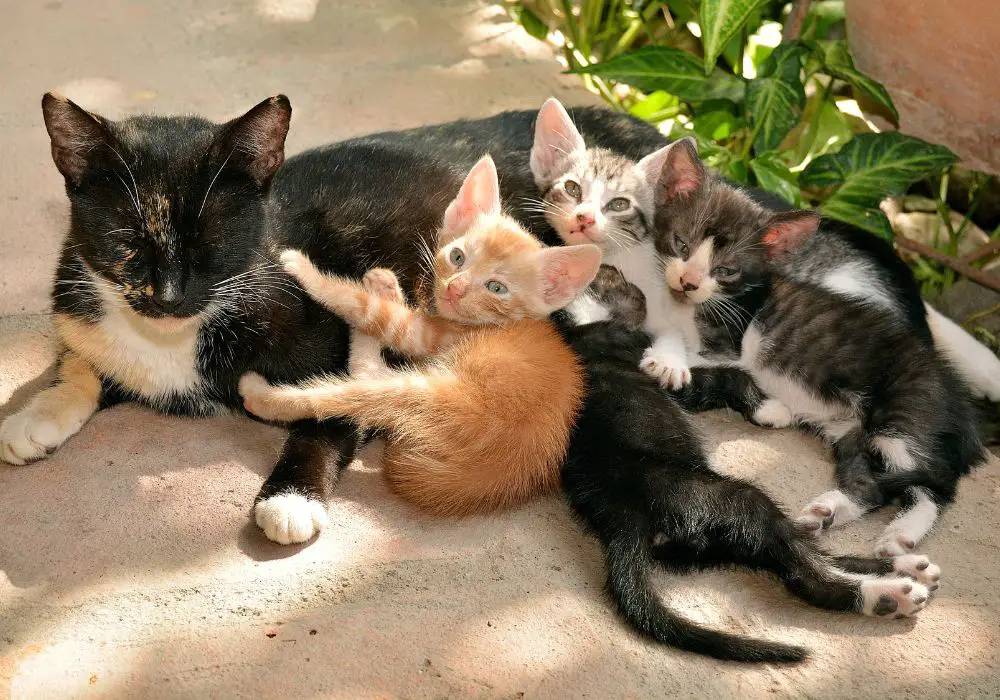
Watch for these potential signs of emerging dental disease and problems in your kitten:
- Bad breath – Foul or smelly breath indicates bacterial buildup and decay. Notice if their breath suddenly seems much worse.
- Red, swollen or bleeding gums – Inflamed gums point to gingivitis. Bleeding indicates damage and increased infection risk.
- Discoloration on teeth – Accumulation of yellowish-brown tartar is a red flag for advancing dental disease.
- Chipped or loose teeth – Damaged, loose or missing teeth mean underlying issues.
- Difficulty eating – Trouble chewing, dropping food or reduced appetite could signal mouth pain.
- Increased drooling – Excessive drooling is a sign of mouth irritation.
- Pawing at face – Face rubbing indicates oral discomfort or confusion from tooth problems.
- Shying away from mouth handling – Becoming head shy usually means they associate this with pain.
If you notice any of these, schedule a veterinary dental exam right away. Prompt treatment helps resolve issues before they become serious. Catching problems early in kittens prevents extensive damage.
How can I make brushing easier?
Here are some tips to help make toothbrushing more pleasant and successful with your kitten:
- Start young and take it slow with a gradual acclimation process over multiple sessions. Patience prevents negative associations.
- Provide positive reinforcement like treats, praise, play and affection. Make brushing a rewarding experience.
- Brush after mealtimes when your kitten is most relaxed and cooperative.
- Follow a consistent brushing routine so they know what to expect. Consistency builds acceptance.
- Use calming aids like catnip or Feliway pheromone diffusers to reduce stress.
- Enlist someone to help restrain and distract your kitten as you brush. Two sets of hands make it easier.
- Keep brushing sessions very brief at first, then slowly increase duration over time. Don’t overdo it.
- Distract with chin scratches, ear rubs or a second brush. Multitasking helps take their mind off the brushing.
- Avoid tight restraint and never forcibly hold the mouth open, which causes fear.
- Switch to pet tooth wipes for a quicker cleaning on difficult days.
- Ask your vet about prescription oral rinses to use between brushings if needed.
With the right approach, toothbrushing can become a pleasant part of your kitten’s routine. Develop a plan that works for both you and your kitten. Commitment and staying positive pays off!
Frequently Asked Questions
Should I use regular human toothpaste for kittens?
No, human toothpaste is not safe for use in cats and kittens. The fluoride, detergents, and additives can upset their stomachs and gastrointestinal tracts if swallowed. You should only use a toothpaste specially formulated for feline mouths and teeth.
What age can I start using toothpaste when brushing?
Veterinary dentists say you can introduce cat-safe toothpaste as soon as any teeth start erupting around 3-4 weeks of age. Look for an enzymatic kitten formula without foaming detergents that is gentle enough if a little is swallowed when brushing tiny kitten mouths.
How can I brush my kitten’s teeth if they won’t let me?
Start slowly with just lifting lips to expose teeth and rubbing gums before introducing the toothbrush. Use lots of treats, praise, play and pets to positively reward cooperation. Over multiple short sessions, gently rub the bristles along the teeth, stopping immediately if your kitten resists. Build up slowly and stay positive.
Should I scrub hard or forcefully brush my kitten’s teeth?
No, never use force! Scrubbing and forcing the brush can traumatize your kitten and cause damage to tender young gums. Let the toothbrush bristles gently glide along the teeth using small circular motions. Keep sessions relaxed and low stress, stopping if your kitten struggles.
My kitten really hates getting their teeth brushed! What can I do?
Go extremely slow with introductions over multiple sessions. Try a finger brush for better maneuverability. Use treats, catnip and toys to distract and calm them. Take breaks doing something they enjoy. If they continue to resist full brushing, switch to pet tooth wipes for quick cleanings until they get older. Stay positive – patience and persistence pay off!
Brushing your kitten’s teeth regularly supports lifelong dental health and prevents problems. Make it a calm, rewarding routine. With the right techniques and perseverance, your kitten can learn to tolerate and even look forward to getting their pearly whites cleaned!

